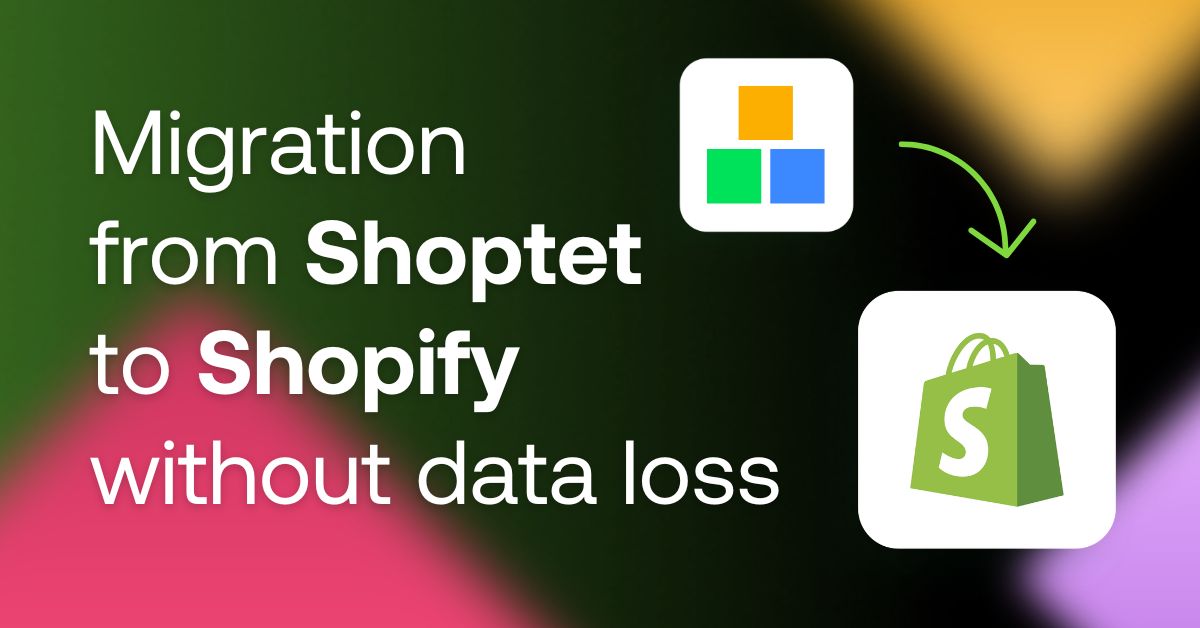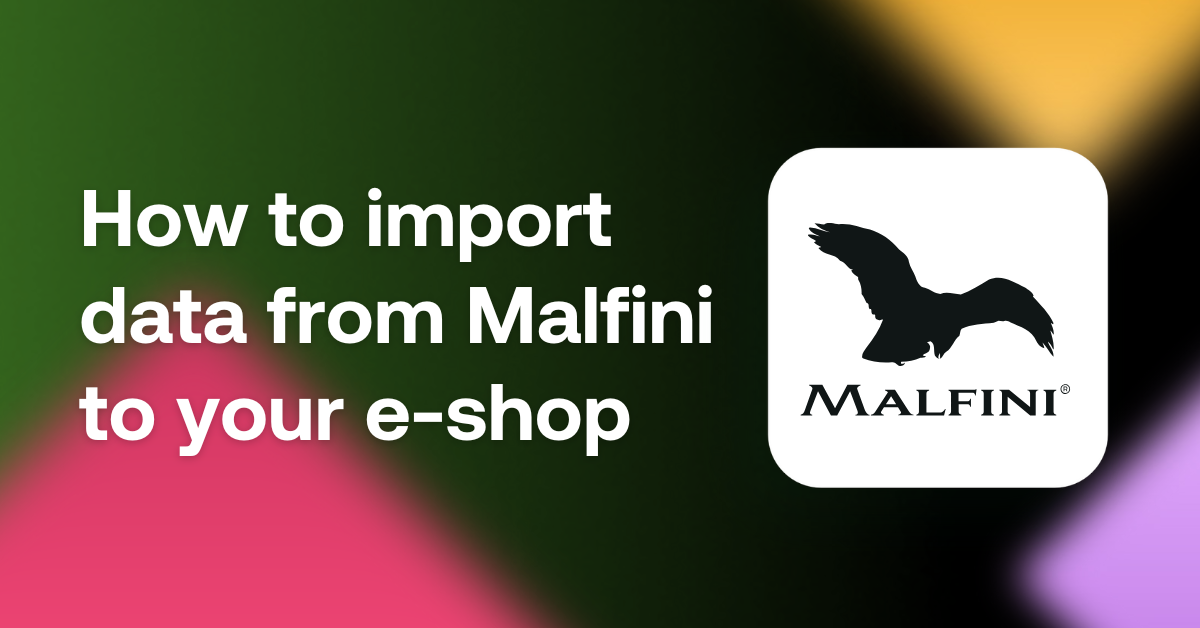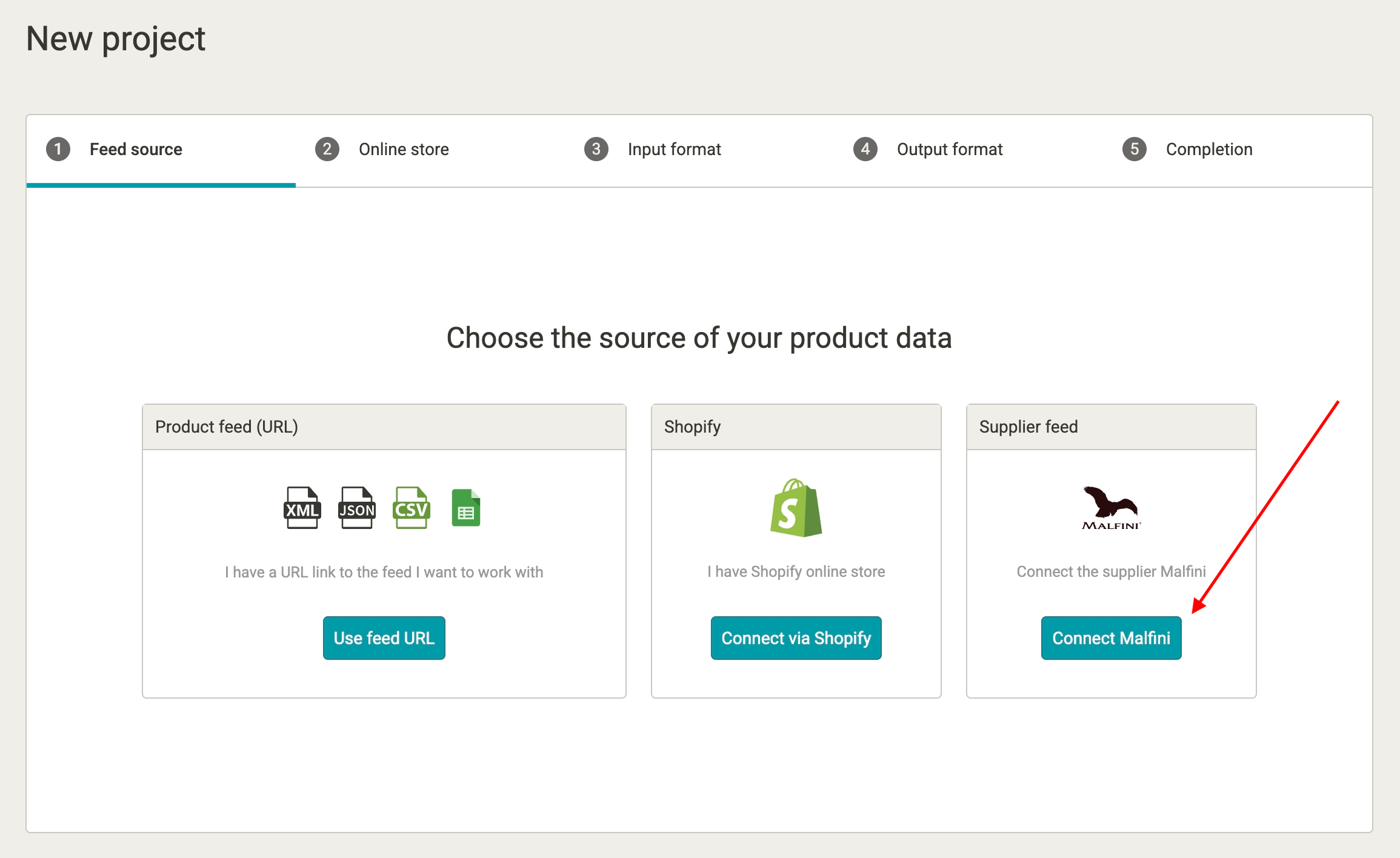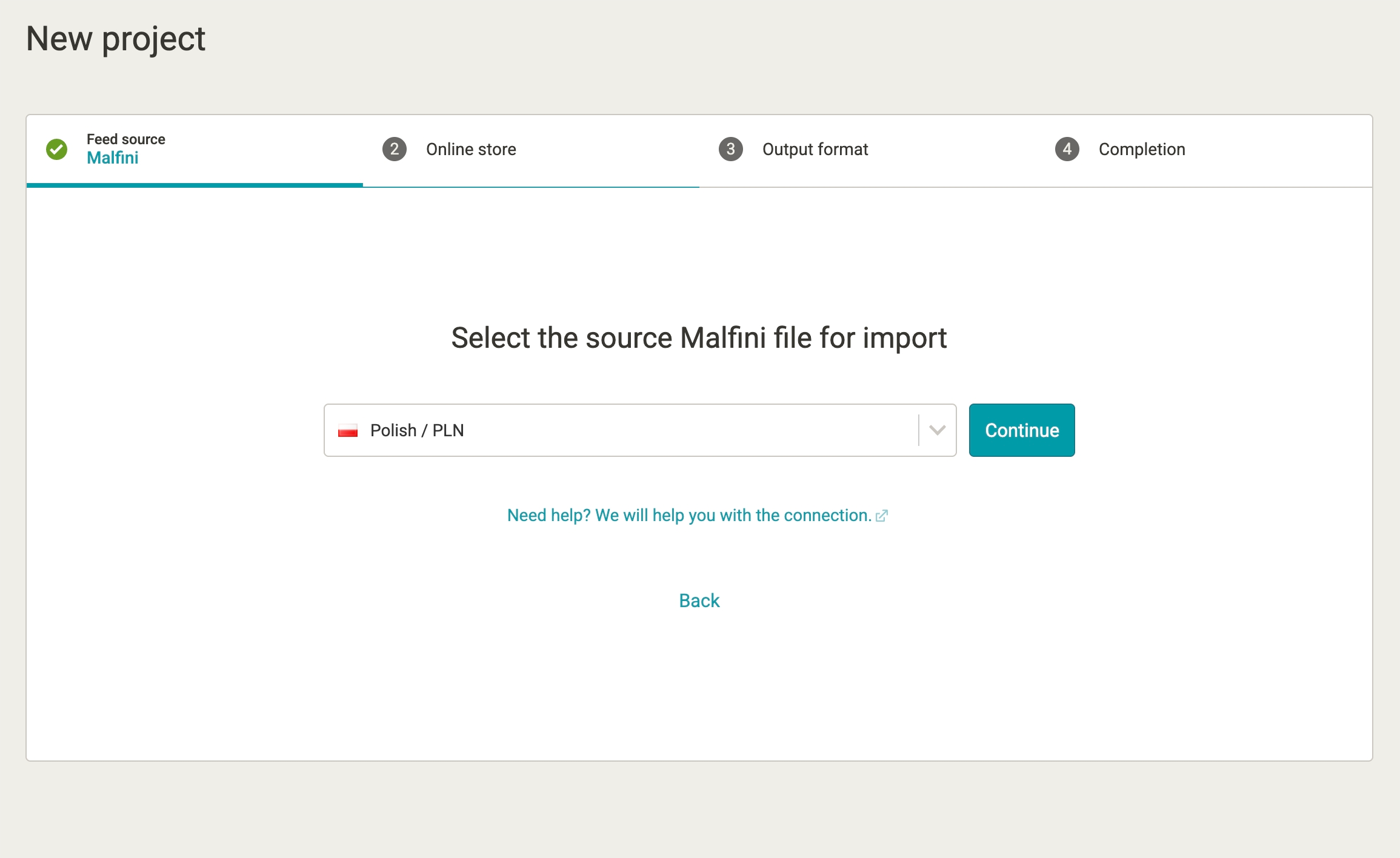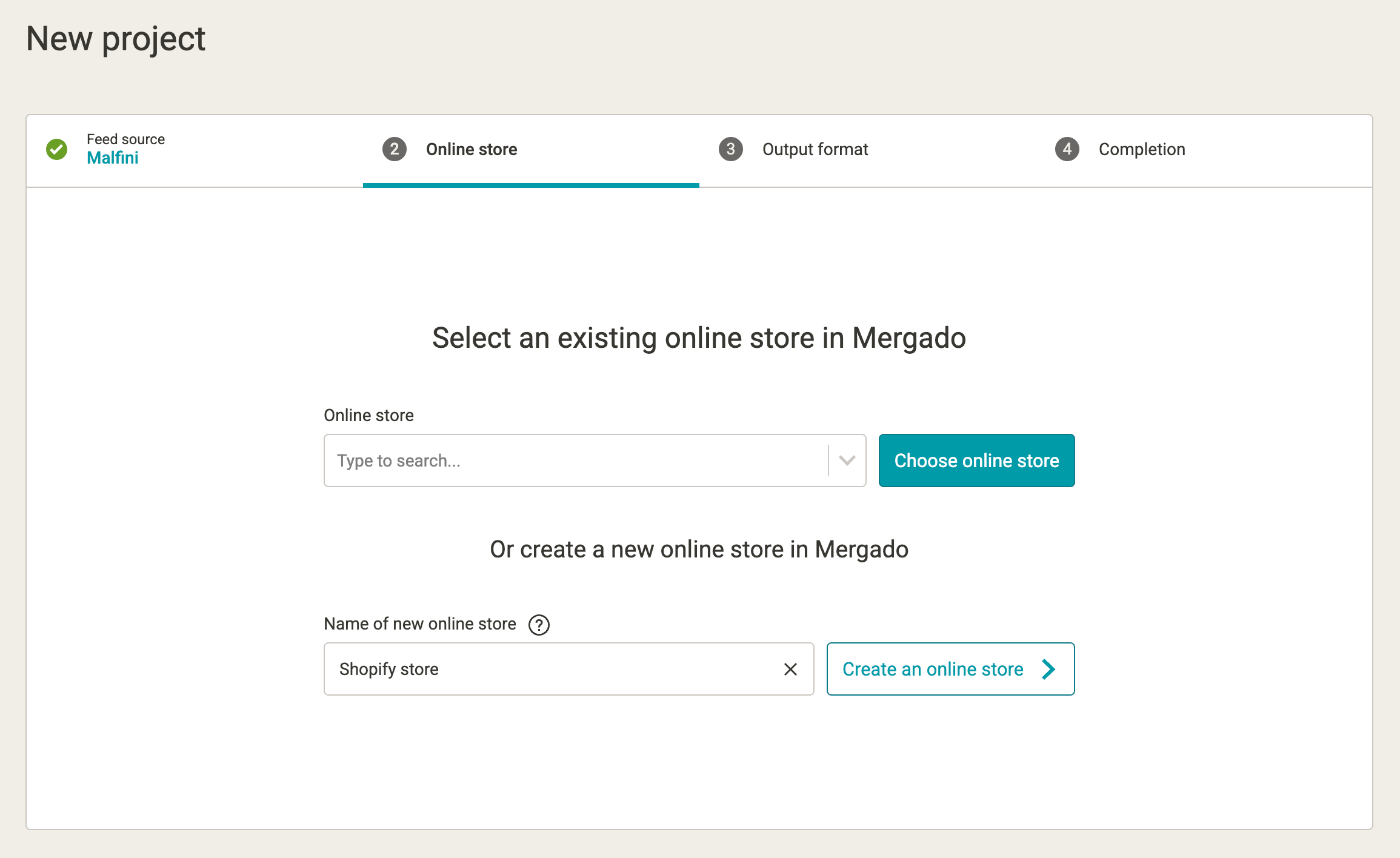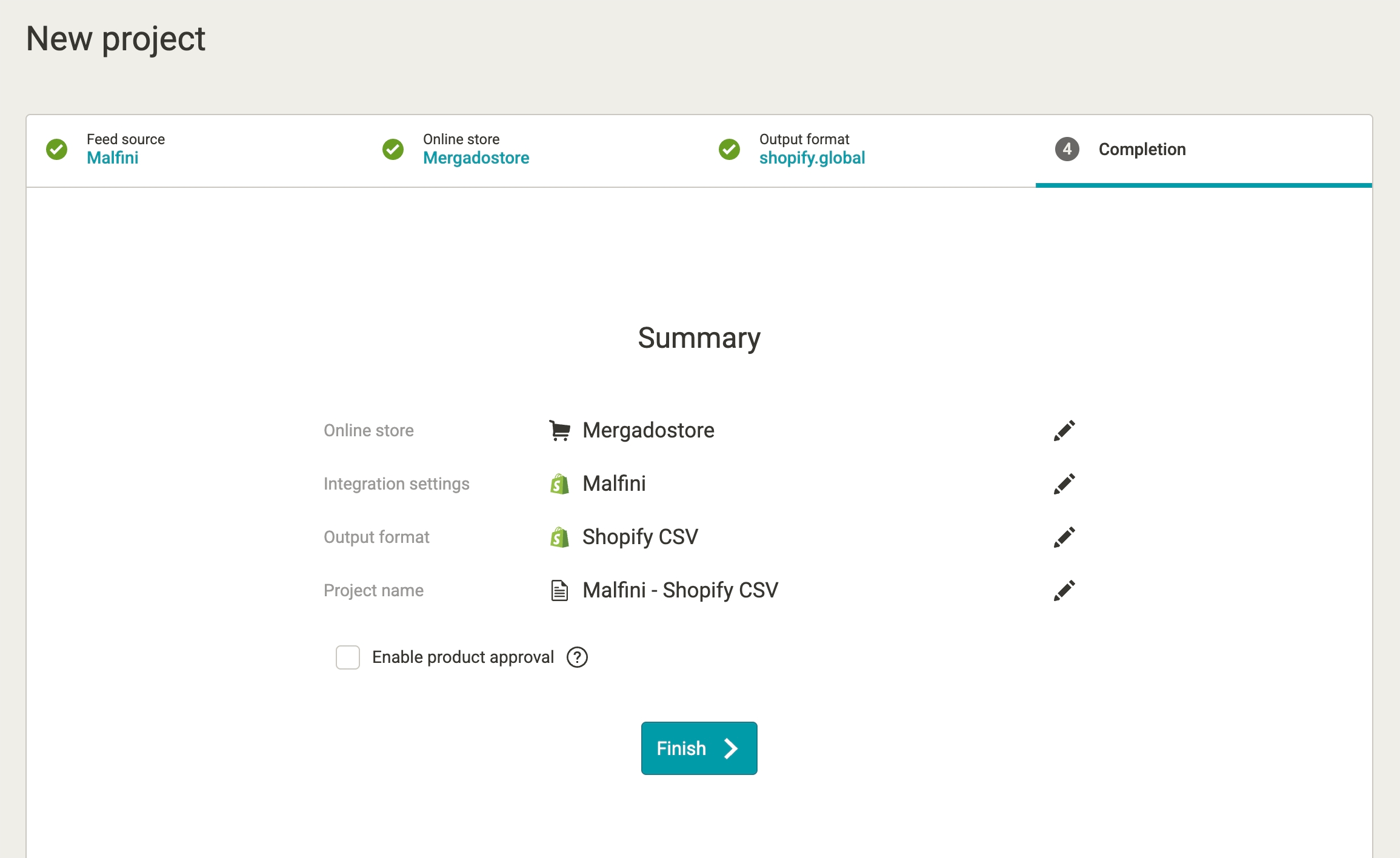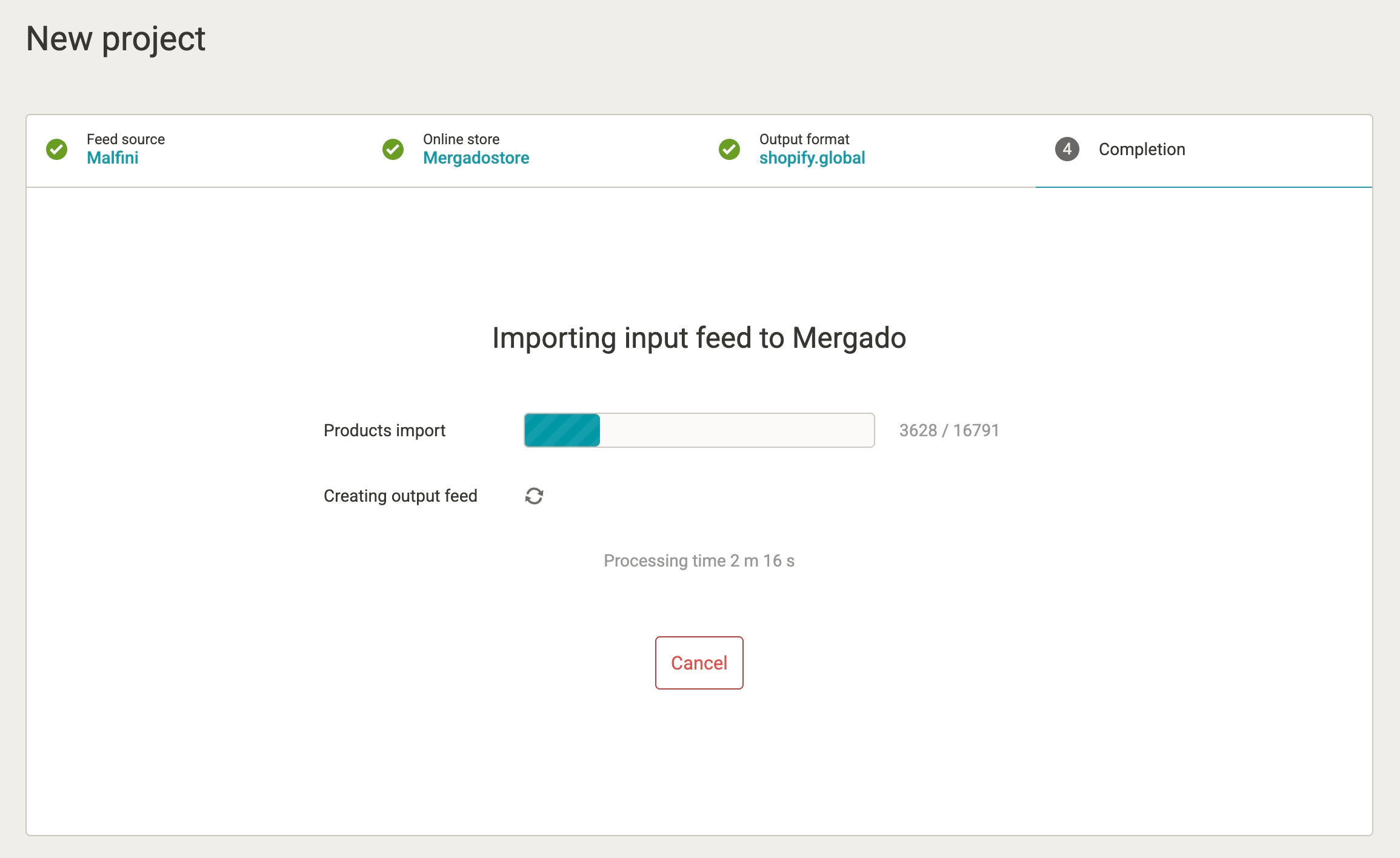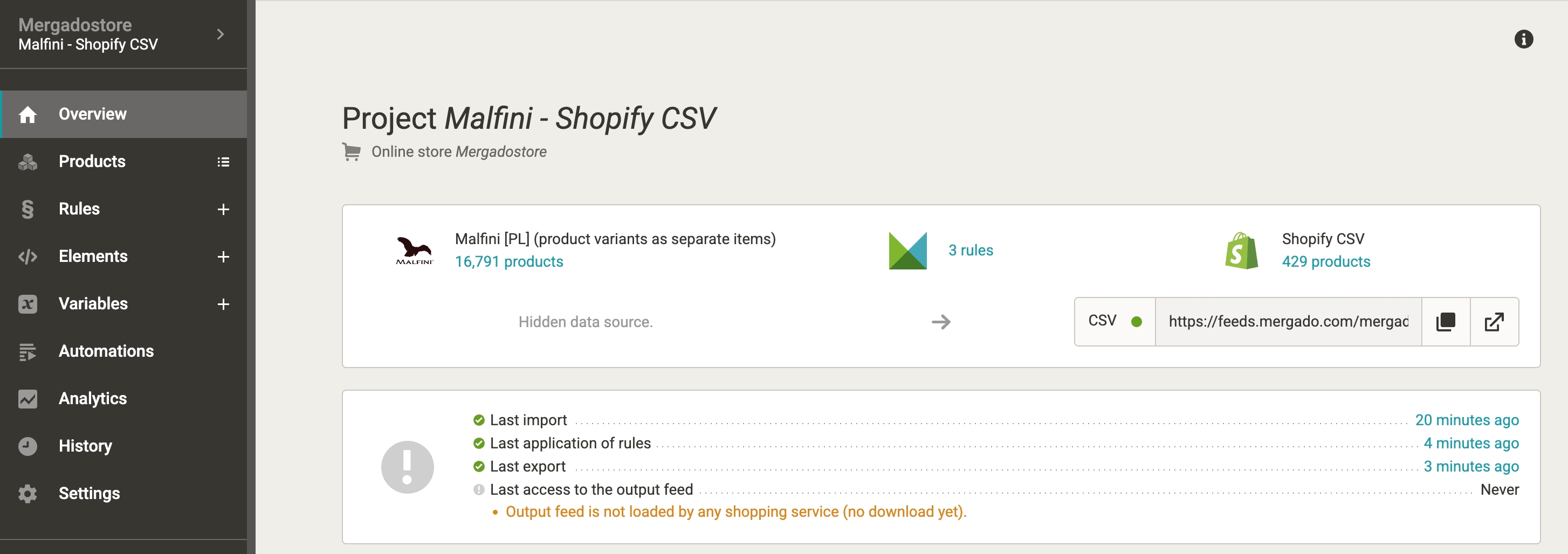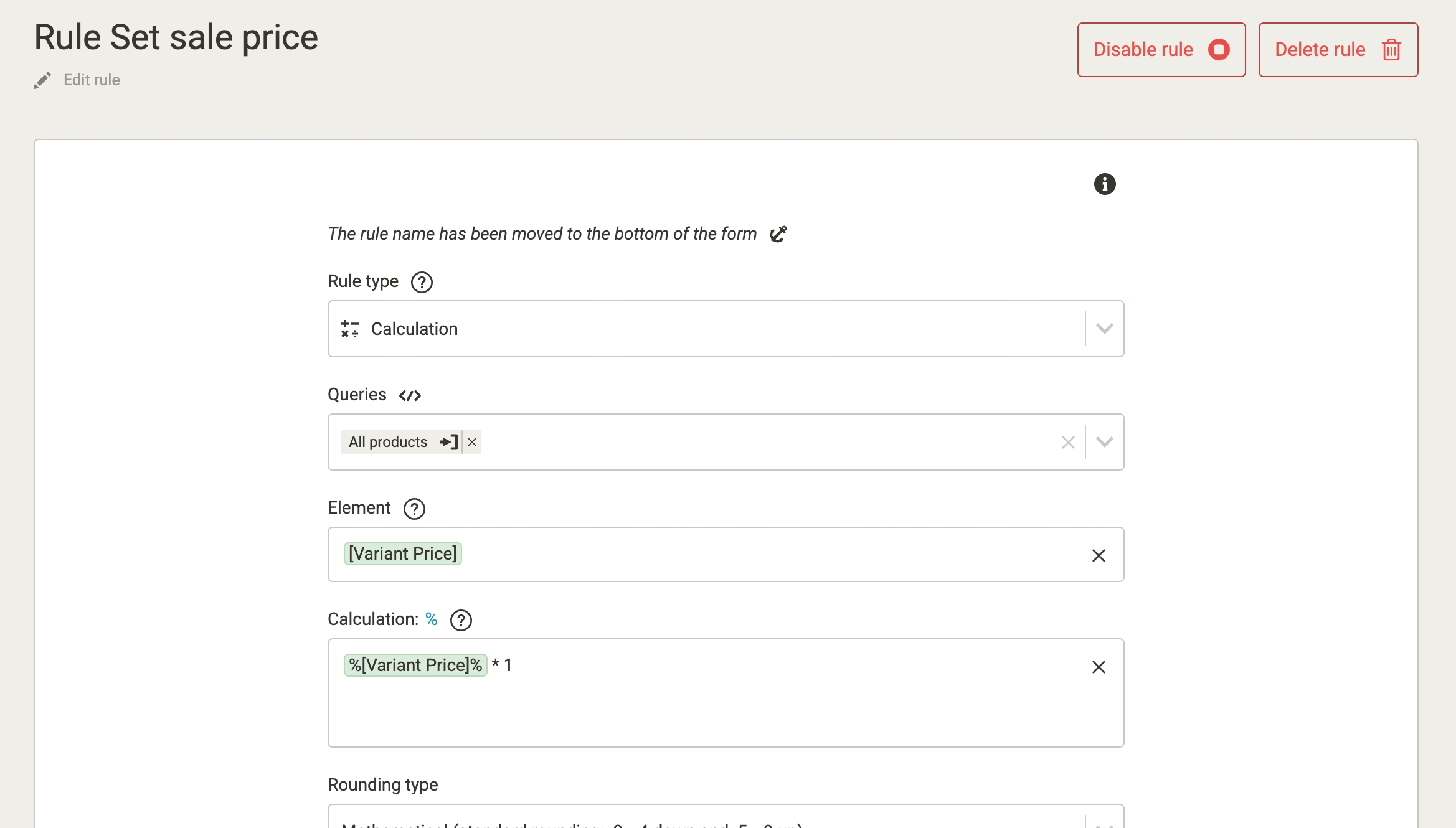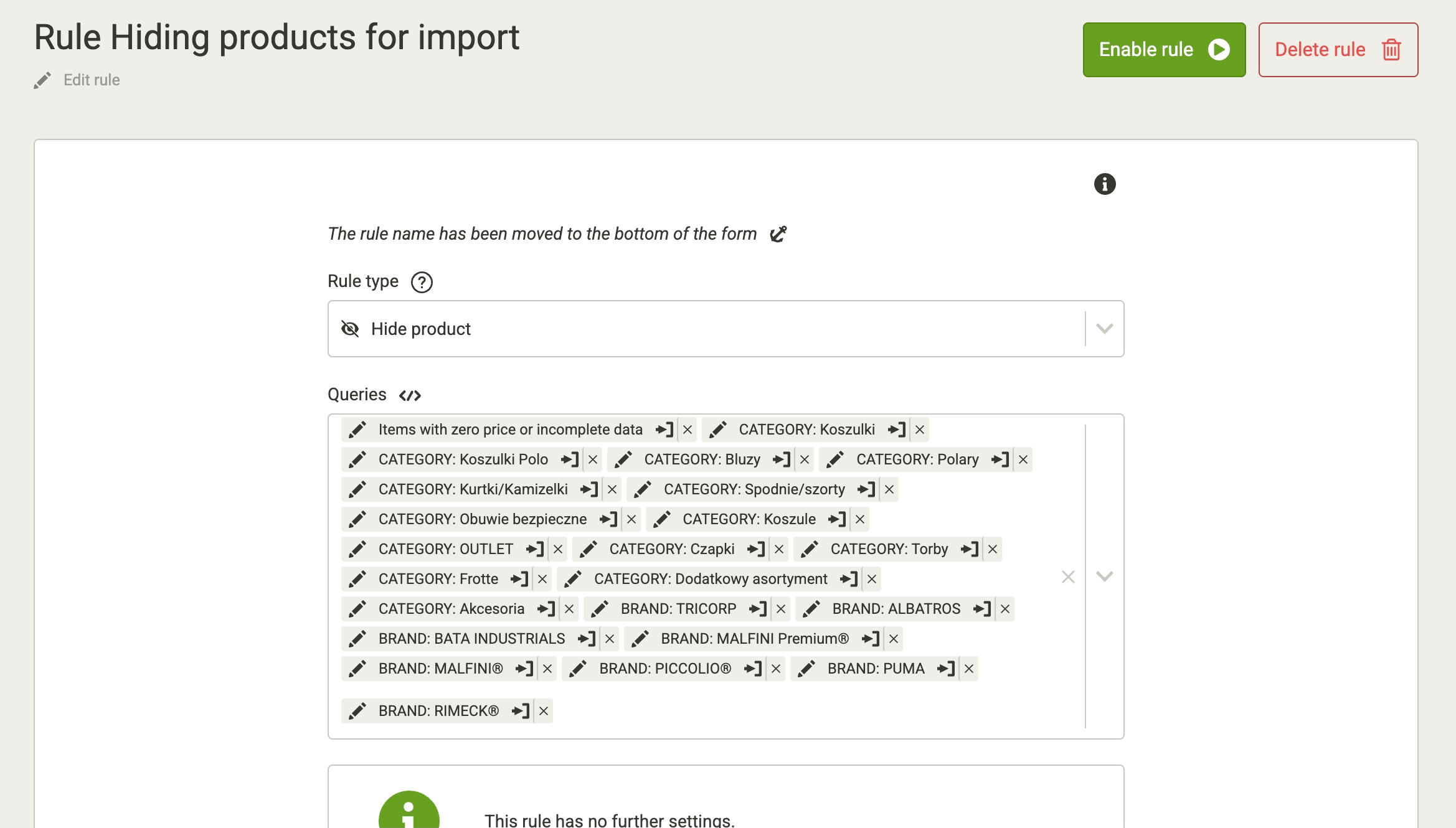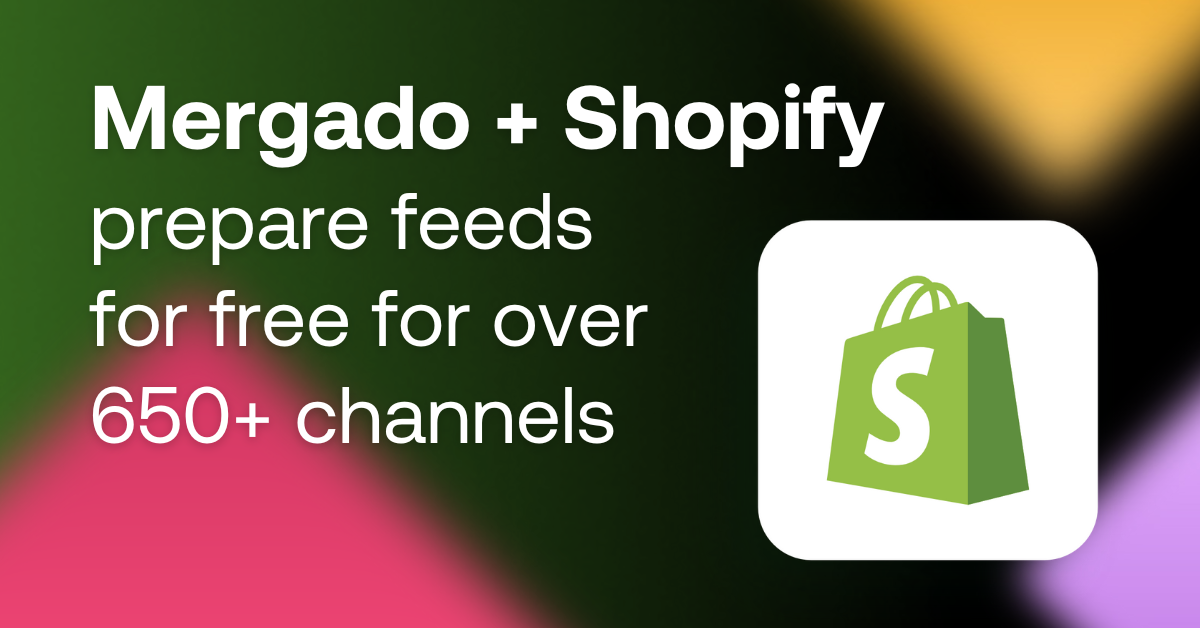🧵 Who is Malfini?
One of the largest players in the field of promotional, work, and leisure textiles in Central Europe. And thanks to the integration in Mergado, you can work with their data literally in just a few clicks.
💡 What does this mean in practice?
You can import the products in the required language, adjust them to your needs (e.g., names, prices, descriptions), and most importantly – keep them up-to-date. No more manual downloading or retyping.
So, let’s take a closer look at how to do it:
1. Creating a new project with Malfini data
The first step is to create a project where you select the Malfini supplier feed as the “product data source.”
In the new project creation wizard, you’ll skip the typical URL input and directly click on the “Malfini supplier feed” option. This will connect you to the prepared data source that Mergado has already linked.
Then, you simply choose which language version you want the data in – for example, Czech, Slovak, English, etc.
In the third step of the guide, you choose whether you want to create a new online store in the Mergado Editor, or use an existing one if you already have previously created projects.
💡 Quick explanation: In Mergado, an “online store” works like a folder under which you create individual projects – for example for Heureka, Google Shopping, Zboží.cz, Biano, and others.
And now you just need to choose where you want to export the data. You can choose from three main e‑commerce platforms:
- Shoptet
- Shopify
- WooCommerce
At the end of the project creation wizard, you just need to review the selected settings and the project name:
And that’s it! Once you click finish, Mergado Editor will start importing data from Malfini. In just a few moments, your products will be ready for editing – you can set custom prices, choose which categories to display in your store, and much more.
We’ll go through all the possibilities of working with the data in detail in the next section.
2. Setting up data for import into your online store
We’ve created the project with Malfini data – now it’s just a matter of fine-tuning a few details to make sure everything runs smoothly.
Mergado Editor automatically prepares the data so that it matches the requirements of your e‑commerce platform. Still, you may need to make a few final adjustments depending on how you want things set up in your store:
- Define sales prices according to your pricing strategy
- Choose the right categories to place your products in
- Hide products or entire categories you don’t want to sell
To save you time, Mergado Editor offers preconfigured rules that make the process much easier. You can either apply them directly or adjust them slightly to suit your needs.
You can access the rules page either via the left-hand menu within the project, or directly from the Overview page.
Once you open the Rules page, you’ll see that several preconfigured helpers are already waiting for you. These rules are designed to make it as easy as possible to adjust your data before importing it into your online store.
In the next steps, we’ll go through each rule one by one so you’ll know what it’s for and how to make the best use of it.
🔄 Format Converter
This is a system rule that ensures your data is exported exactly in the way your e‑commerce platform (e.g., Shoptet or WooCommerce) requires.
You don’t need to make any changes to this rule – it’s more of a silent helper working in the background
💸 Sales Price Settings
As the name suggests, this rule is used to adjust sales prices. In the input data from Malfini, you’ll find recommended retail prices, which you can recalculate here according to your needs – for example, by adding a margin or slightly lowering them.
Example of calculating the price based on the price value:
Note: In the example image, you can see the use of a so-called Variable in the form of %PRICE_VAT% * 0.9.
In this case, the variable takes the price from the PRICE_VAT element and multiplies it by a coefficient. With this sample calculation, you would reduce the sales prices to 90% of the original amount.
Example: Original price: 450 CZK → Rule %PRICE_VAT% * 0.9 → New price: 382.50 CZK
Of course, you can also set details of the calculation within the rule, such as:
- price rounding (number of decimal places)
- decimal separator (dot, comma)
- thousands separator (space, dot, …)
🗂️ Category Settings
The next rule is Bulk Category Settings. Malfini uses its own category tree, which may not match how you organize products in your online store.
With this rule, you can easily map Malfini’s categories to your store’s categories. On the left, you’ll see the supplier’s categories, and on the right, you fill in your own – and that’s it.
🙈 Hiding Items
Another preconfigured rule is Hide Products for Import.
By default, this rule is disabled, but you can easily adjust it and then activate it.
How does it work?
You select which products should be hidden – based on prepared scenarios such as:
- specific categories (e.g., “Outlet”)
- brands (for example PUMA or ALBATROS)
- or items without a price
Once the rule is applied, it hides all items that fall under the chosen criteria.
In the example below, you can see a rule setup that hides all products that:
- don’t have any defined price
- are from the brand PUMA or ALBATROS
- belong to the category “Outlet” or “Safety Footwear”
Such products won’t make it into the output feed – and therefore won’t appear in your online store.
🔗 Merging Variants
The last preconfigured rule is Merge Variants. It helps combine color or size variations of one product into a single item with multiple options.
For e‑commerce platforms like Shoptet, Shopify, or WooCommerce, such items need to be imported as variants.
Thanks to this rule, products in your store will be offered as a single item with options to choose color, size, and other parameters.
The rule is preconfigured and doesn’t need to be changed. However, if you prefer to import variants as separate products, you can disable the rule at any time.
Conclusion:
And that’s it! Now you know how to get data from Malfini into your online store without unnecessary clicks or stress. By setting up your feed correctly, you’ll save time, avoid headaches, and prevent mistakes that could otherwise cause chaos in pricing or availability.
Automating your imports is a great way to keep your product offer always up to date and stay ahead of the competition. And since things in the e‑commerce world change quickly, it’s good to have processes that can keep up with you.
If you’re unsure about anything, feel free to reach out to us. We know feeds inside out and we’re happy to help.
